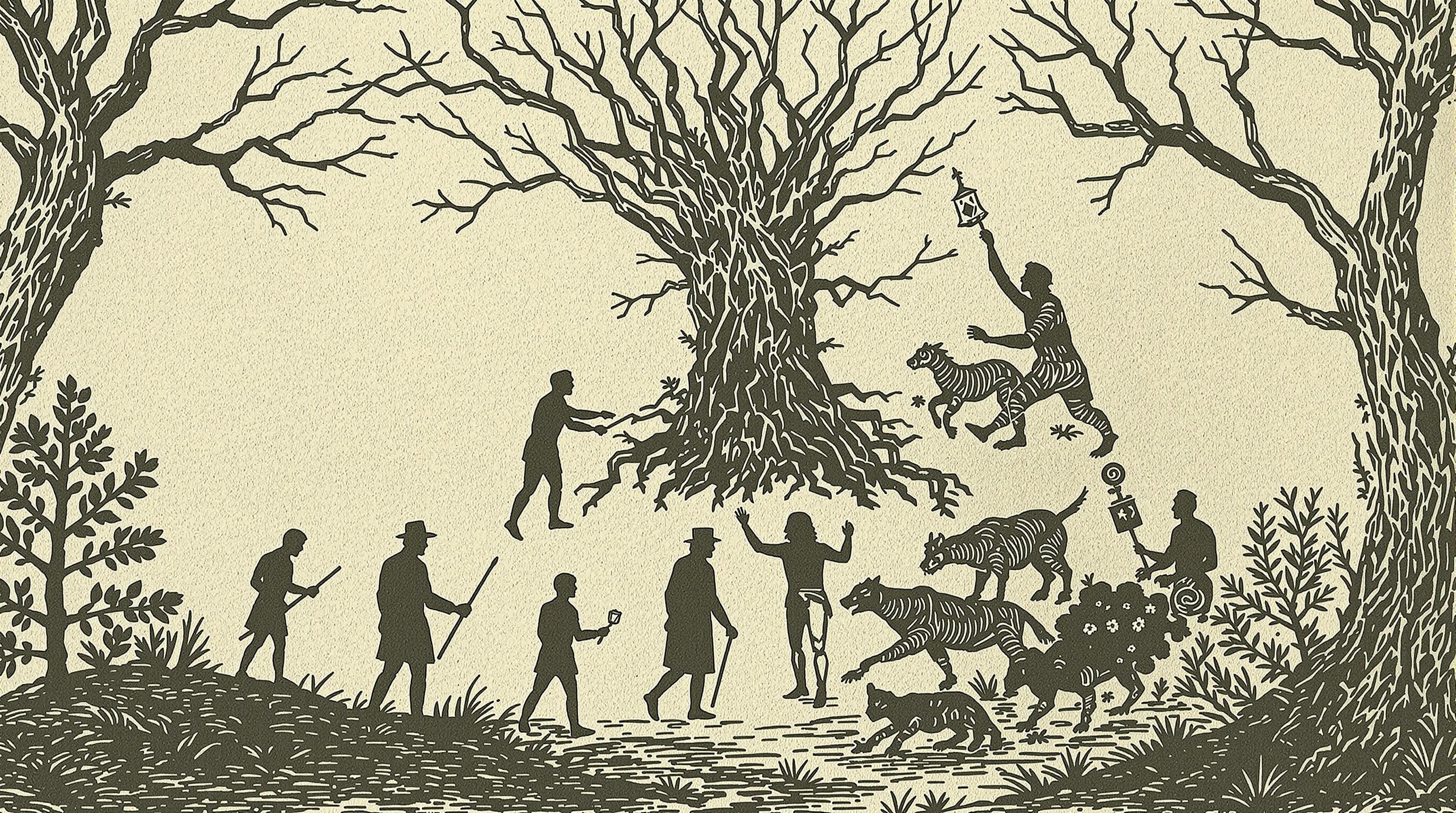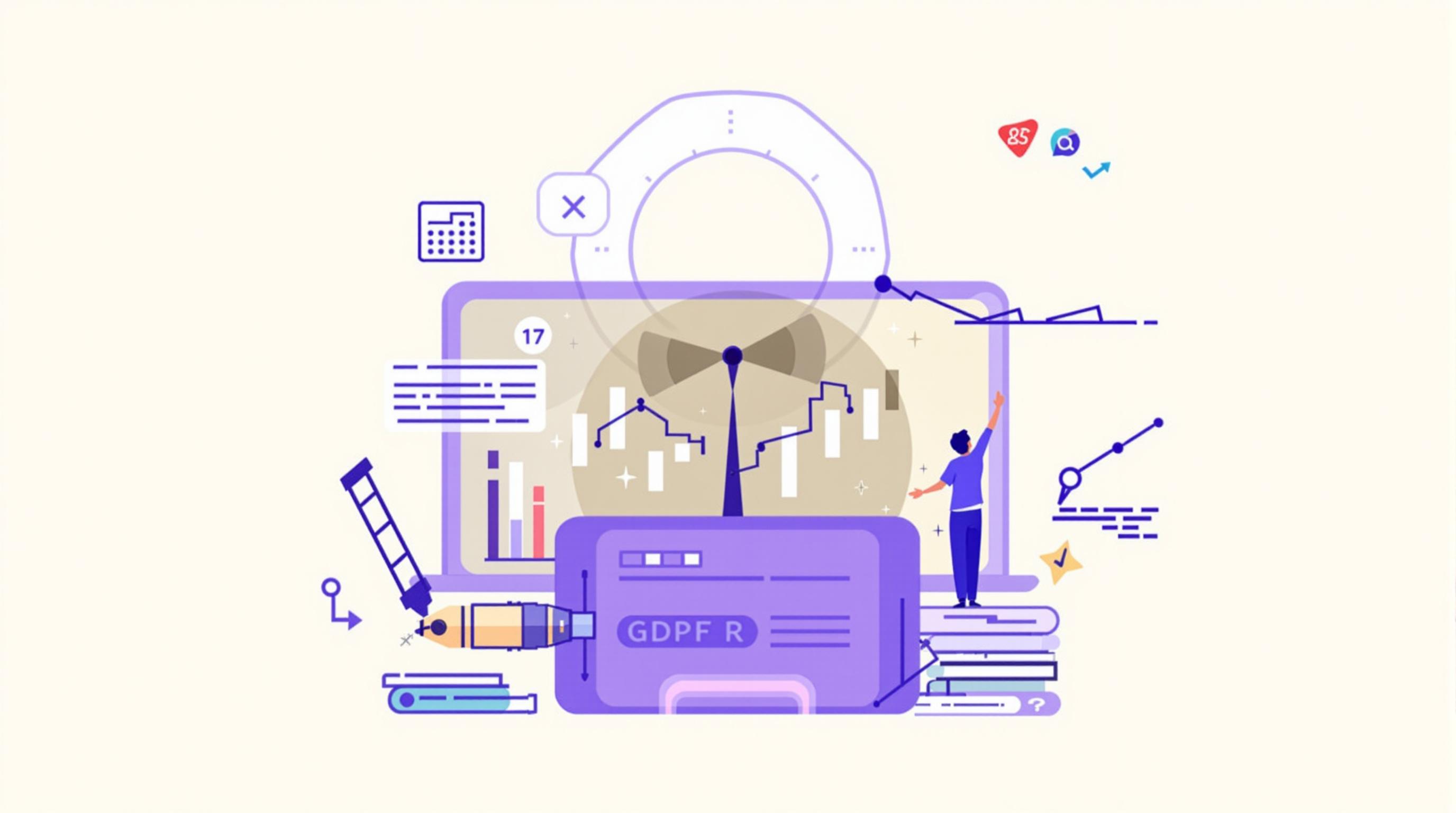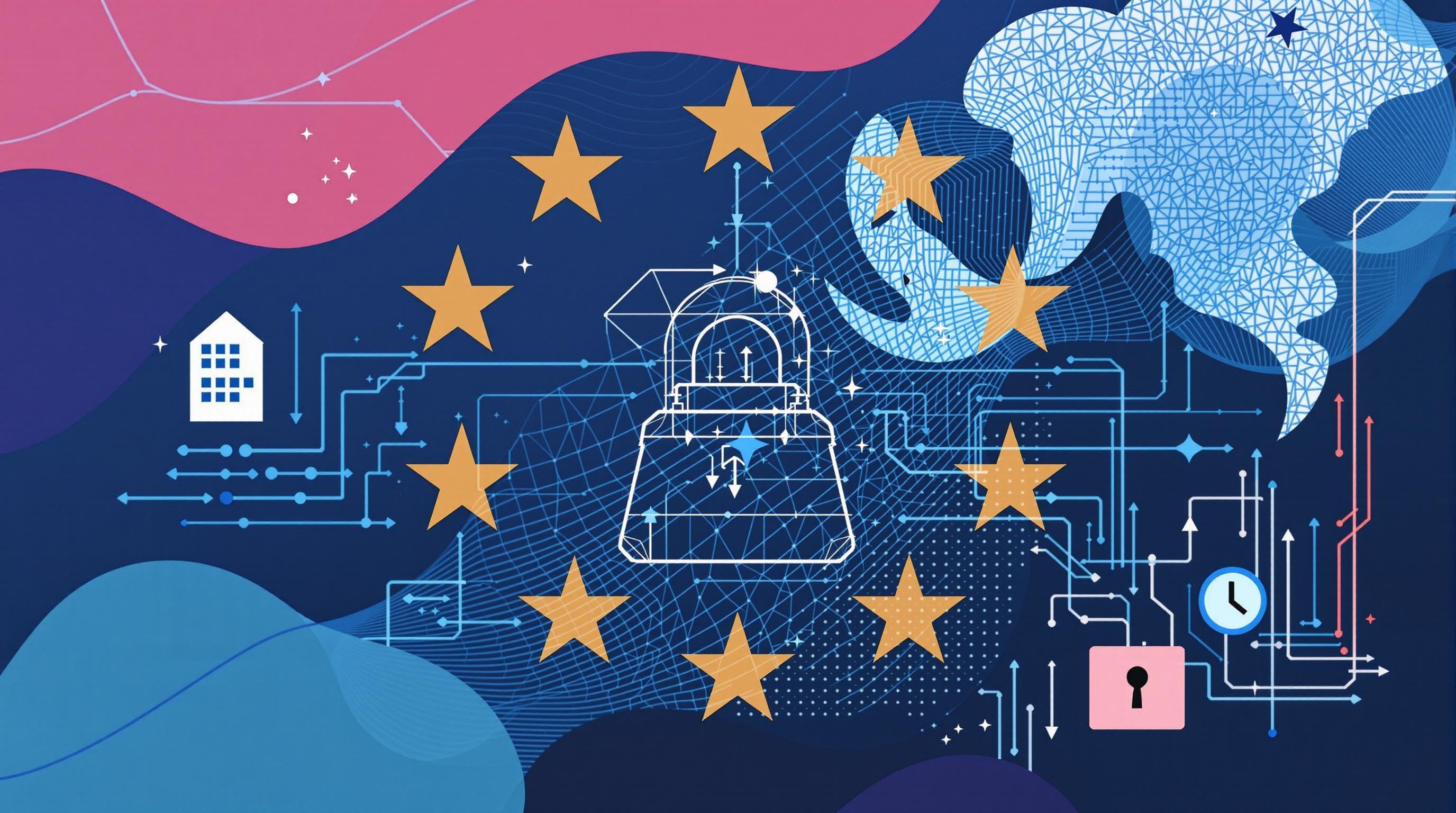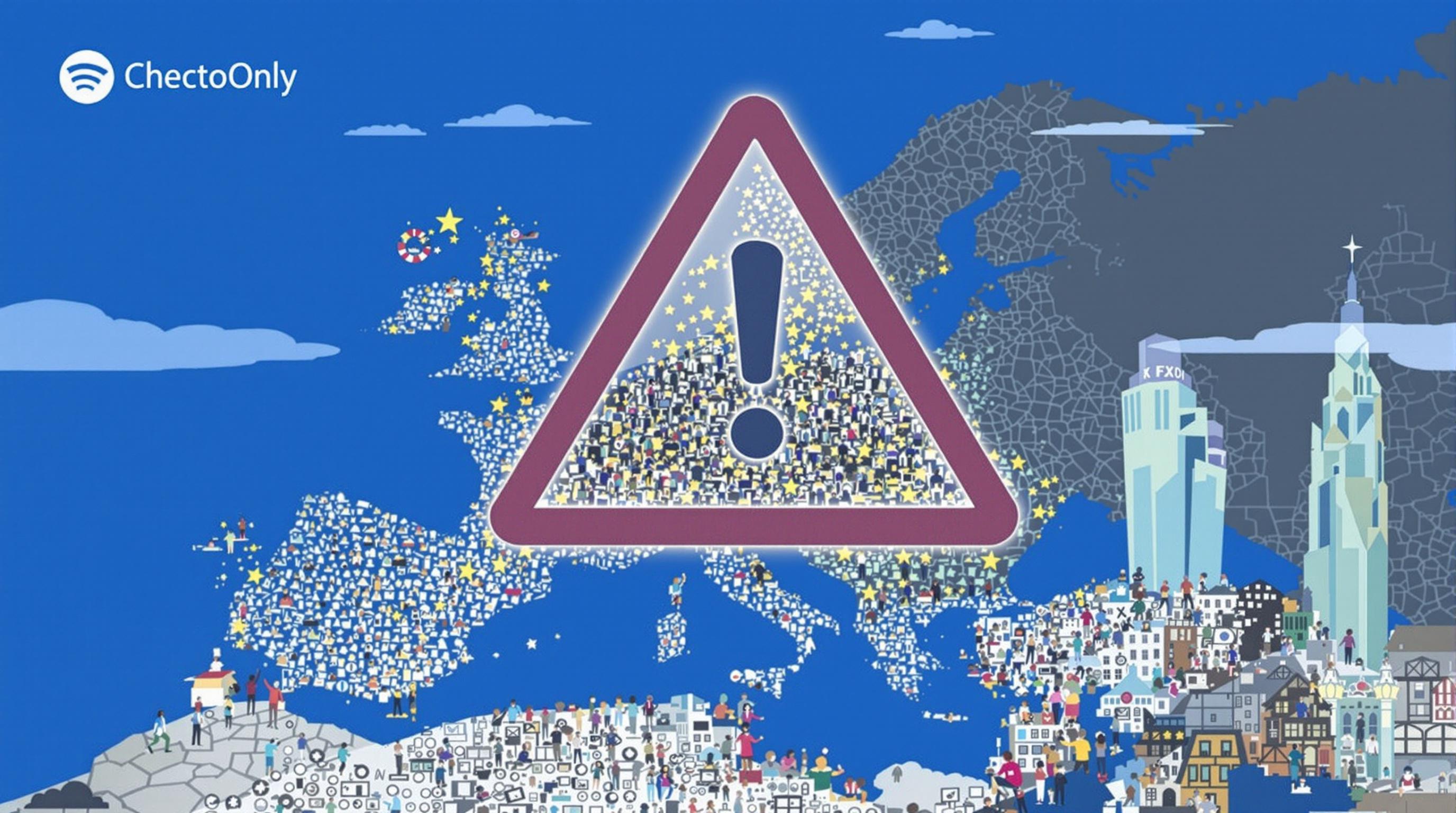Related Articles
- 7 Best Emerging GDPR Tools to Future-Proof Your Data Strategy Beyond Standard Compliance
- 7 Cutting-Edge Franchise Management Softwares Released Since 2019 Ranked for Legal Compliance and Efficiency
- How Forgotten Folklore Influences Modern Privacy Norms and Unexpected Data Protection Practices
- When Silence Speaks: The Unexpected Impact of Cultural Nuances on Confidential Agreement Effectiveness
- Unveiling Unseen Threads: How Franchising Intersects with Environmental Compliance and Green Regulations
- Unraveling the Impact of Cultural Misalignment in Cross-Border Collaborations on Partnership Sustainability
How Forgotten Folklore Influences Modern Privacy Norms and Unexpected Data Protection Practices
How Forgotten Folklore Influences Modern Privacy Norms and Unexpected Data Protection Practices
Forgotten folklore, often dismissed as mere old tales, surprisingly shapes modern privacy norms and inspires unexpected data protection practices worldwide. This article explores that fascinating intersection, blending storytelling, analysis, and real-world examples to reveal how ancient wisdom continues to protect our personal spaces today.
Origins of Privacy: Lessons from Ancient Folklore
At its core, privacy is not just a modern invention but a concept embedded deeply in ancient folklore across cultures. Many stories emphasized boundaries and taboos about personal spaces and secrets. For example, in Japanese folklore, the idea of "kegare," or spiritual pollution, discouraged unnecessary intrusion into others' private affairs, effectively promoting a form of respect for personal boundaries. Similarly, Scandinavian sagas tell of enchanted circles and wards placed around homes to shield inhabitants from prying eyes or spiritual harm.
One interesting case comes from the Irish tradition, where the concept of "geis" (a magical taboo or prohibition) protected personal information or restricted certain knowledge from being shared, effectively functioning as a social privacy norm. Although these narratives may sound mystical, they had tangible effects on community interaction, encouraging discretion and boundaries.
A Modern Paradox: Data Sharing and Folk-Inspired Boundaries
Imagine the internet as a digital village where the old taboos have mutated into privacy settings and encryption protocols. Today, despite our eagerness to share, there's a deep-seated anxiety reminiscent of those old superstitions guarding personal realms.
According to a 2022 Pew Research Center study, 79% of internet users express concern about the privacy of their digital information, reflecting a modern incarnation of the cautionary tales from folklore. This ambivalence is telling: people want connection, yet fear the loss of control, much like a villager wary of crossing the enchanted boundary in a folktale.
The Enchanted Firewall: How Folklore Inspires Cybersecurity Practices
Cybersecurity experts often draw inspiration from traditional protective concepts. The metaphor of “wards” and “enchanted barriers,” common in folklore, resonates in the design of modern firewalls and encryption technologies.
Take the "Wall of Fire," a term humorously coined by early hackers, which echoes the mythic elemental protections guarding ancient citadels. These defensive mechanisms are structured to prevent unauthorized intrusion and protect sensitive data, invoking the same intent centuries-old tales had in warding off evil spirits or nosy neighbors.
Unexpected Data Protection Practices Rooted in Old Traditions
Beyond high-tech, folk wisdom also influences low-tech, cultural data protection methods. For instance, in some communities, verbal consent remains sacrosanct, supported by the belief that breaking one's word invokes spiritual consequences. This practice, rooted in folklore, inadvertently enforces data protection norms within interpersonal communications.
Consider the Maori’s respect for “tapu” — sacredness — which extends to personal information and artifacts, ensuring that sharing details is controlled and respectful. Such tribal customs are mirrored today in legal frameworks acknowledging data sovereignty of indigenous peoples.
Stories of Privacy: From Myth to Modernity
Allow me to share a story that illustrates this beautifully. In a small Korean village, an old folktale spoke of a kimchi pot hidden beneath the floorboards, protected by a spirit that punished anyone who peeped beneath the floor without permission. In modern terms, that spirit is a metaphor for encryption: unauthorized access triggers consequences.
Much like that kimchi pot, our personal data is “fermented” carefully and guarded. Attempting to access it without authorization, even in digital form, can have “rotten” consequences—legal or otherwise.
The Role of Rituals in Modern Data Security
Rituals, often seen as mere superstitions, can influence compliance with data protection regulations today. For example, the repetitive chanting of encryption keys or passwords during setup ceremonies in some cultures functions symbolically as a spiritual safeguard, enhancing human focus on protecting access.
Even in corporate environments, training sessions for handling sensitive data sometimes borrow the solemnity of ritual to underscore the gravity of confidentiality.
Humor in Privacy: Folklore's Playful Lessons for Tech Users
Now, let's chuckle at how some of these ancient concepts might look if they were alive today in our tech-driven world. Imagine a privacy policy written by a trickster god, filled with cryptic riddles and puzzles you must solve before agreeing — making "I Agree" buttons much harder to click!
This playful abstraction highlights the complexity and sometimes absurdity of modern privacy agreements while also reminding us of folklore’s role in cautioning against reckless exposure of secrets.
The Digital Age and the Revival of Old Privacy Norms
As technology invades every facet of our lives, there's a noticeable resurgence in valuing personal boundaries reminiscent of folklore traditions. The global embrace of GDPR (General Data Protection Regulation) not only formalizes rights but echoes ancient principles of consent and sacredness in handling information.
In fact, 60% of companies surveyed in 2023 reported integrating folklore-inspired principles—such as “consent before exposure” and “community accountability”—into their data governance models (TechData Insights, 2023).
Case Study: Scandinavian Privacy Culture and the “Silent Respect” Norm
Scandinavian countries provide a compelling example. The folklore of “Jante Law,” which discourages standing out or prying, manifests today in robust privacy regulations and a societal commitment to discretion. Data breaches are seen not just as business failures but as social betrayals.
This cultural imprint results in an unusually high level of public trust in government data handling, with Sweden ranking among the top countries in privacy protection indices.
Folk Metaphors in Privacy Education
Educators worldwide are using folklore to teach digital privacy. Metaphors like "The Wizard's Wall" or "The Secret Garden" engage younger audiences, making abstract cybersecurity concepts more relatable.
This approach proved effective in a 2020 pilot program in New Zealand, where students who learned privacy concepts through storytelling scored 25% higher on subsequent privacy-awareness tests (NZ EdTech Report, 2021).
Privacy Myths and Real-World Threats: A Balanced Perspective
Folklore also offers a cautionary tale: over-reliance on “magical” privacy can lead to complacency. Like villagers who ignored warnings and faced consequences, modern users sometimes underestimate data threats, believing technology alone will shield them—an illusion dangerous in today’s environment.
Therefore, blending the respect for privacy boundaries from folklore with rigorous, practical security measures remains essential.
Conclusion: Ancient Wisdom in a High-Tech World
The intricate dance between folklore and modern privacy norms suggests that our cultural heritage still holds keys to safeguarding personal data. As this article demonstrates, blending ancient stories with technological advancements creates a richer, more resilient privacy landscape.
In embracing forgotten folklore, we do not just preserve tales; we protect our digital selves in an increasingly connected world.



